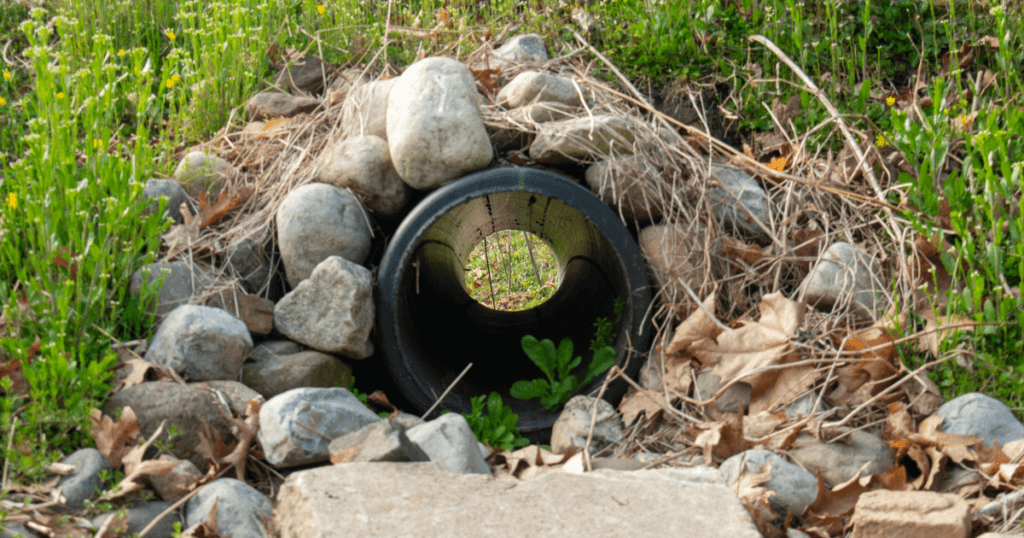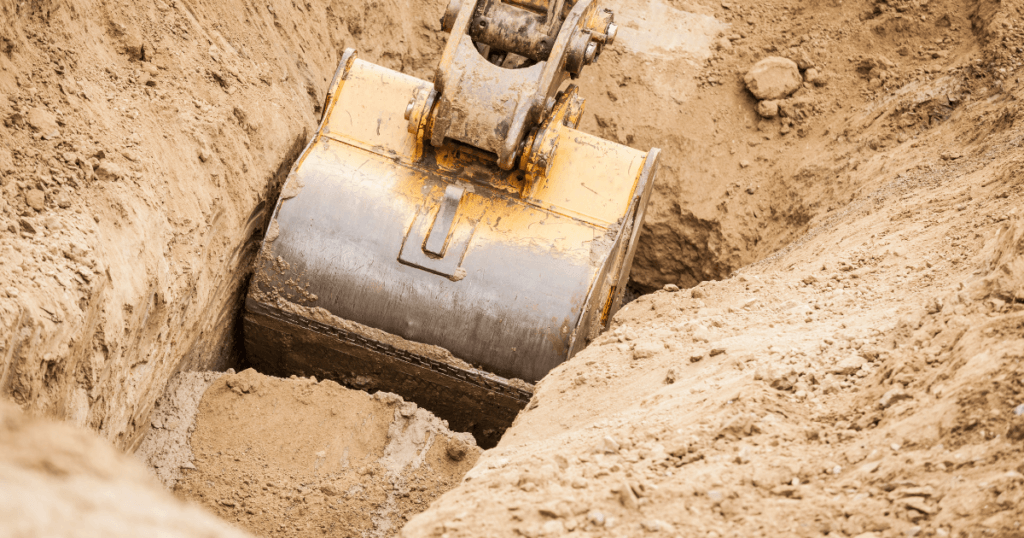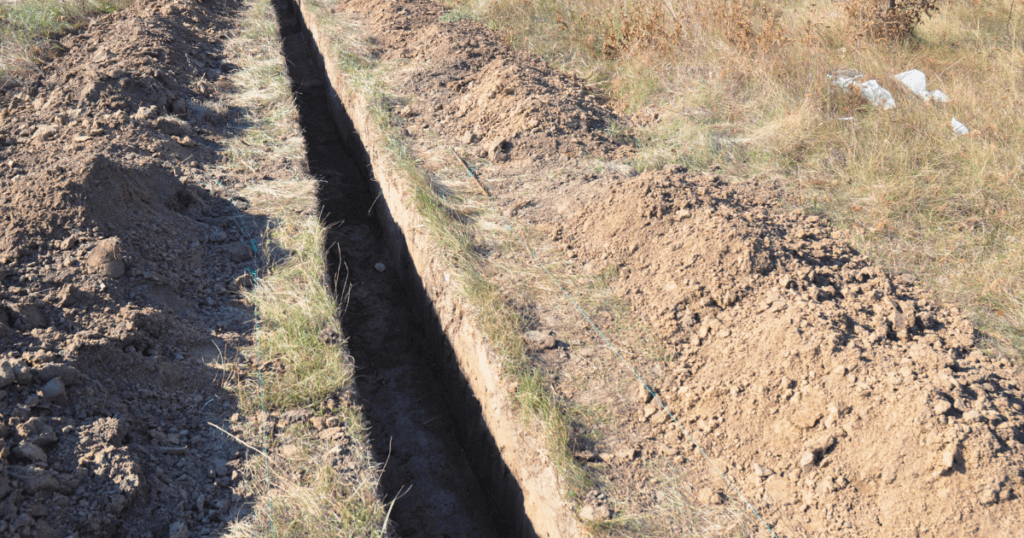Seeing your plants drowning and rotting in your yard is horrendous. You wouldn’t like your home to get damaged from a flooded yard or garden.
Yard flooding is one of the results of an improper drainage system. The best thing to do to prevent or solve this problem is to dig a drainage trench in a way that would drain water away from your home without damaging your property or your neighbor’s.
A drainage trench or french drain is a perforated pipe that distributes water flow evenly to avoid flooding. It eliminates the leak-and-erosion-causing traditional pipe end.
As your drainage and excavation experts, we’ll talk about our recommended steps and tips to dig a french drain in this article. Keep reading!
7 Easy Steps To Dig A French Drain
1. Plan Your Trench Drain
Before anything else, plan how you want to dig your trench first. Determine the location of the following:
- Surface water collecting in your yard
- Any excess water coming to and from your yard
- An area where you can direct your water to avoid any damages
Consult with a trenching professional to plan and execute your french drain safely.
2. Plot Your Sloping Areas
Examine your yard grading to determine sloping areas that allow water to flow toward your house. These are the passageways that you need to cut off to redirect water somewhere that wouldn’t damage any properties.
The trench must slope downwards, at least an inch every 10 feet of length. If you don’t have enough slope for drainage, the water will not drain through the pipe.
3. Dig The Trench

Use a shovel or hoe to dig a trench that’s large enough to accommodate gravel and an average-sized drain pipe. The recommended dimensions are 9-12 inches in width and 18 inches in depth.
Tip: Wide trenches make it easier to collect more water, and they last longer due to less clogging.
A deeper and firmer soil also allows better funnel water to your perforated drain pipe.
4. Lay Landscape Fabric And Pour With Gravel
Line your trench with water-permeable landscaping fabric to prevent grass and plant roots infiltration and avoid potential problems in your drainage ditches and pipes.
Be sure to overlap any seams and to allow extra for wrapping the over gravel at the end of the digging.
Pour at least 2 inches of washed gravel into the bottom of your trench above the landscape fabric liner.
An adequate amount of gravel improves your drainage.
5. Install Your Drain Gate And Drain Pipe
Install a drain gate and outlet above your trench to allow water flow to your pipe through the drainage trench.
We recommend installing the pipe near a gutter downspout to direct rainwater into the trench or in a flood-prone yard area to draw in water. The goal is to prevent flooding in your yard and redirect water through the drainage trench.
There are two common pipes for drainage trenches:
Perforated Pipe
This type of pipe is used to distribute underground water evenly along the trench without a messy sprout at the drain end.
Solid Pipe
Unlike a perforated one, a solid pipe carries water to an unobstructed, open-drain end. It should drain into a bed of gravel, rain garden, or a pond where water is unable to flood in a neighboring property.
6. Cover Pipe With Gravel
To protect and allow optimal drainage from a perforated drain pipe in a french drain, cover your drainage pipe with an additional layer of gravel.
7. Cover The Trench
You can cover your trench according to your preference. Here are some of our recommendations:
- Fill it with additional gravel
- Line it with bricks or stones
- Cover it with soil and plant grass on top
FAQS: Digging A French Drain

How Deep Should A Drainage Trench Be?
A french drain should be at least 18 inches deep to allow the installation of gravel and a pipe to keep water flow away from your property. This depth size also allows you to cover and protect the pipe and customize your drainage trench’s design in the future.
Remember that a narrow trench may result in poor drainage. Make it as adequately wide as possible.
How Long Does It Take To Dig A Trench By Hand?
According to HomeAdvisor, it takes about 12 hours to dig 100 linear feet of trench. To measure the labor hours, multiply the linear feet of the trench you need to dig by 0.12.
Improve Your Drainage System Today!
A french drain is an efficient and effective solution against water flooding in your property. It carries large amounts of water away from your home and yard, preventing potential damages.
Make sure to follow our 10 recommended steps for a better drainage system. Seek help from drainage and grading professionals to avoid unwanted damages and headaches.
Aspire Construction Group is here to help you with your french drain!
We provide culvert installation, dozer work, dirt and rock screening, and other drainage or grading services. Give us a call today to get a quote and book an appointment!
Do you have any questions about french drains? Ask us in the comments section below and we’ll get back to you!

